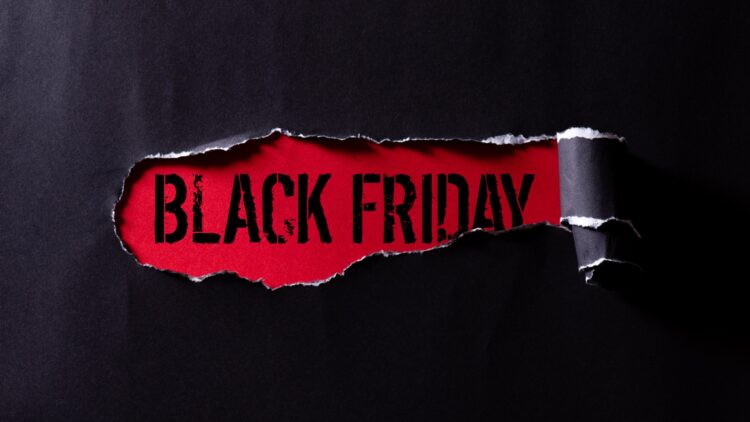The day after Thanksgiving, the few people who aren’t still trying to recover from that turkey overindulgence rush to stores—and online platforms—to buy Christmas gifts at great prices. This consumer event generates billions of dollars, with sales expected to reach $10 billion in the United States alone by 2025.
But why is Black Friday called that? The most widely accepted explanation is that businesses finally go from being “in the red” (at a loss) to being “in the black” (at a profit). However, this is just a convenient method for retailers. The reality is that the first term “Black Friday” in US history was coined to describe a financial catastrophe that took place in the 19th century. It refers to a ruthless conspiracy to hoard gold that affected thousands of citizens across the country.
The first Black Friday, back in 1869
The United States was in the aftermath of its civil war. At that time, the young nation urgently needed to stabilize its economy and pay off the enormous debts incurred by the war. At that time, it was not even a question of whether the system worked, but rather that gold was the sole core of the economic system. The dollar was on the gold standard, and the policies and decisions of then-President Ulysses S. Grant regarding the release or retention of gold from the treasury could dramatically influence its market price.
This is where the two million dollars in the story come in, Jay Gould and Jim Fisk, who had been described as “Wall Street’s most ruthless financial masterminds.” They were the owners of the Erie Railroad and were already known for their rather shady business practices.
The plot to corner the gold market
Gould and Fisk devised a plan that took months to rig the gold market: they wanted to buy and hoard as many gold reserves as possible to reduce supply. That way, they would be able to drive up the price to astronomical levels and sell their gold reserves at better prices at that time.
To achieve their goal, they had to deploy all their political influence; they used inside contacts, including the brother-in-law of the President of the United States, Albert Corbin. They wanted to persuade the president to refrain from selling gold from the treasury, thus ensuring that supply in the US market would remain low and prices would continue to rise. Over several weeks, the two men drove up the price of gold through speculation and massive purchases. However, such schemes always reach a breaking point.
“Black Friday,” September 24, 1869
As you may have suspected, the conspiracy came to an end on Friday, September 24, 1869. At that point, President Ulysses Grant realized the extent of the scam perpetrated by these two individuals. To prevent an even greater disaster, President Grant ordered the Treasury to flood the market with gold. The result was a colossal stock market crash that caused the US population to panic.
We don’t know if the cure was better than the disease, since the devastation of that first Black Friday left consequences on the US economy that were felt for years. Not only did speculators end up financially ruined, but foreign trade came to a standstill and farmers, who were the most affected, ended up losing the value of their wheat and corn crops, which had historically always been linked to the price of gold.
Black Friday after Thanksgiving
Obviously, the use of the term Black Friday was left to be forgotten in economic history books. However, it reappeared spontaneouslyalmost a century later, with a completely different meaning. The term Black Friday as we use it today originated in Philadelphia in the 1950s or 1960s.
Police officers ended up referring to the Friday after Thanksgiving as a “black day”, when they had to deal with traffic jams, crowd chaos, and an increase in shoplifting. It was a code name for the day they most hated having to go to work. However, the term Black Friday soon spread beyond police stations to retail establishments, where it has been used ever since to refer to discounts after the last Wednesday in November.

